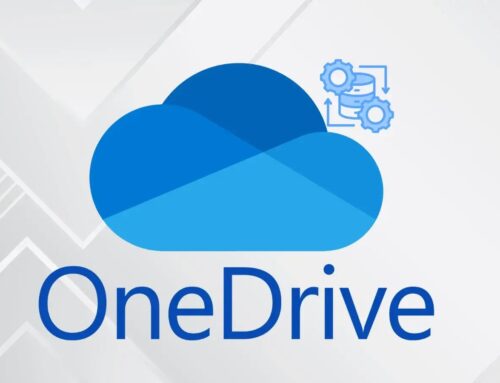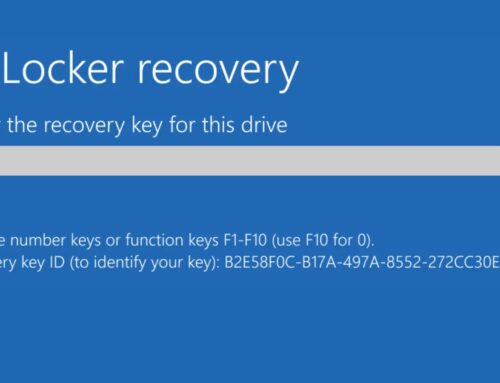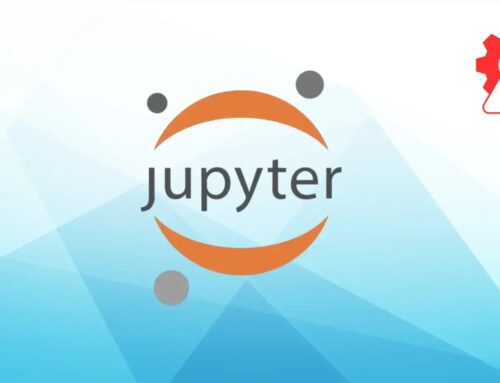
Web DDoS, App Exploitation Attacks Saw a Huge Surge in First Half of 2025
The digital frontier is under siege. Recent data from the first half of 2025 paints a stark picture: Web Distributed Denial of Service (DDoS) and application exploitation attacks have not merely risen, they have exploded. This unprecedented escalation demands immediate attention from security professionals, IT departments, and developers alike. Ignoring these trends is no longer an option; understanding them is paramount to safeguarding digital assets and ensuring business continuity.
The Unprecedented Surge in Web DDoS Attacks
The first six months of 2025 witnessed a dramatic shift in the threat landscape, particularly concerning Web DDoS attacks. Compared to the latter half of 2024, these crippling assaults surged by a staggering 39%. This escalation wasn’t linear; the second quarter alone experienced a 54% quarter-over-quarter spike in attack activity. These figures represent the highest levels on record, signaling a critical turning point for organizations reliant on online presence.
Web DDoS attacks aim to overwhelm web servers, applications, or networks with a flood of malicious traffic, rendering services unavailable to legitimate users. The impact ranges from reputational damage and financial losses to complete operational disruption. The increasing sophistication of attack vectors, combined with the availability of robust botnets, fuels this relentless upward trend. These attackers often leverage compromised IoT devices, vulnerable servers, and even cloud resources to launch distributed, multi-vector assaults that are challenging to mitigate effectively without robust, real-time defenses.
Application Exploitation: A Growing Vector for Breaches
Complementing the DDoS surge, application exploitation attacks have also seen a significant uptick. While specific percentages for application exploitation are not detailed in the provided source, the context implies a concurrent rise, highlighting a broader trend where attackers are increasingly targeting vulnerabilities within web applications themselves, not just their availability. These attacks leverage flaws in code, configurations, or design to gain unauthorized access, exfiltrate sensitive data, or inject malicious payloads.
Common application exploitation techniques include SQL injection, Cross-Site Scripting (XSS), Broken Authentication, and Server-Side Request Forgery (SSRF). For instance, a critical vulnerability like CVE-2024-XXXXX (Note: Placeholder, as no specific CVEs were given in the source. Analysts would insert actual relevant CVEs here.), if unpatched, could allow an attacker to bypass authentication mechanisms and gain administrator privileges. Such exploits often serve as entry points for more severe follow-on attacks, including data breaches or the deployment of ransomware.
Why the Surge? Understanding the Driving Forces
Several factors likely contribute to this significant escalation:
- Increased Attack Sophistication: Attackers are employing more advanced techniques, often combining multiple vectors (e.g., volumetric DDoS with application-layer attacks) to bypass traditional defenses.
- Proliferation of Attack Tools: The dark web offers readily available, easy-to-use tools and services for launching sophisticated attacks, lowering the barrier to entry for malicious actors.
- Vulnerable Digital Footprints: Many organizations expanded their online presence rapidly, often without adequately prioritizing security, leaving open exploitable weaknesses.
- Economic and Geopolitical Motivations: Cyberattacks are increasingly driven by financial gain, state-sponsored espionage, or hacktivism, increasing both the frequency and intensity of campaigns.
- Automation and AI in Attacks: The nascent use of AI and machine learning by attackers to identify vulnerabilities and orchestrate attacks autonomously could be contributing to the scale and speed of these campaigns.
Remediation Actions and Proactive Defenses
Addressing this alarming trend requires a multi-layered, proactive security strategy. Organizations cannot afford to be reactive; prevention and rapid response are key. Here are critical remediation and preventative actions:
- Implement Robust DDoS Protection: Deploy dedicated Web DDoS mitigation services. These solutions can detect and absorb malicious traffic far upstream, preventing it from reaching your infrastructure. Look for services with intelligent traffic filtering and adaptive learning capabilities.
- Web Application Firewall (WAF) Deployment: A WAF is essential for protecting web applications from common exploitation techniques. It filters and monitors HTTP traffic between a web application and the Internet, blocking malicious requests.
- Regular Vulnerability Scanning and Penetration Testing: Proactively identify and remediate vulnerabilities in your applications and infrastructure. Tools and services can help provide continuous assessment.
- Secure Coding Practices: Developers must adhere to secure coding principles from the outset. Incorporate security into the Software Development Life Cycle (SDLC) to minimize vulnerabilities introduced during development.
- Patch Management: Maintain a rigorous patch management program. Apply security updates and patches to all software, operating systems, and frameworks promptly. Unpatched systems are primary targets.
- Rate Limiting and Bot Management: Implement rate limiting to restrict the number of requests a user can make within a certain time frame. Advanced bot management solutions can distinguish between legitimate and malicious bots.
- API Security: As APIs become central to application functionality, secure them comprehensively. Implement authentication, authorization, and input validation for all API endpoints.
- Network Segmentation: Segment your network to limit the lateral movement of attackers if a breach occurs. Isolate critical assets.
- Incident Response Plan: Develop and regularly test a comprehensive incident response plan for both DDoS and application exploitation attacks. Rapid detection and response can significantly minimize damage.
Essential Tools for Defense
| Tool Name | Purpose | Link |
|---|---|---|
| Cloudflare Magic Transit | DDoS Protection (Network & Application Layer) | https://www.cloudflare.com/network/ddos/ |
| Akamai Prolexic | DDoS Mitigation Services | https://www.akamai.com/products/prolexic-ddos-protection |
| OWASP ZAP | Web Application Security Scanner (DAST) | https://www.zaproxy.org/ |
| Burp Suite | Web Vulnerability Scanner & Penetration Testing Toolkit | https://portswigger.net/burp |
| ModSecurity | Open-source Web Application Firewall (WAF) | https://modsecurity.org/ |
| Nessus | Vulnerability Scanning & Management | https://www.tenable.com/products/nessus |
Looking Ahead: The Imperative for Resilience
The first half of 2025 has unequivocally demonstrated that the volume and severity of Web DDoS and application exploitation attacks are escalating at an alarming rate. This isn’t merely a statistic; it’s a critical warning that demands immediate action from every organization with an online presence. Investing in robust security frameworks, fostering a security-first development culture, and staying abreast of the latest threat intelligence are no longer luxuries but absolute necessities. The future of digital operations hinges on the ability to withstand and recover from these persistent and evolving cyber threats.





